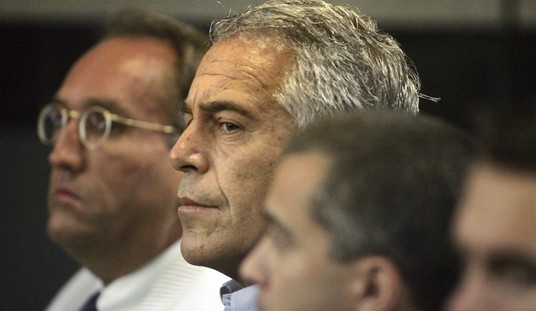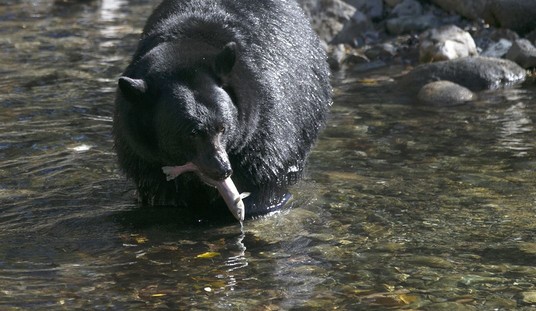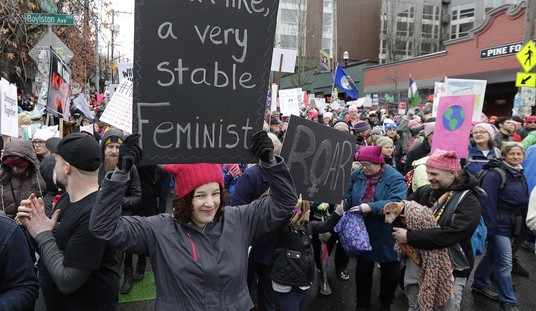This week, President Obama and Interior Secretary Salazar returned to familiar territory, once again chastising energy companies for maintaining an inventory of undrilled Federal leases.
Obama challenges oil companies to drill existing leases
WASHINGTON – The White House on Tuesday pushed back against the oil and gas industry’s claims that the Obama administration is blocking domestic energy development, releasing a new analysis showing that 46 million acres of federal lands and waters leased for drilling are sitting idle.
According to the Department of Interior report, oil and gas companies are actively drilling or have launched development on less than a third of the 36 million acres they have leased offshore, and on just over half of their onshore leases. …
With gasoline prices and the economy looming large at the ballot box this year, the administration has been emphasizing its commitment to an “all of the above” energy policy and especially touting its support for domestic natural gas production. …
“We continue to make millions of acres … available for safe and responsible domestic energy production on public lands and in federal waters,” said Interior Secretary Ken Salazar in a statement. “We also want companies to develop the tens of millions of acres they’ve already leased but have left sitting idle.”
So shut up and drill the leases you already have!
In this post I will try to demonstrate just how disingenuous that position is.
Over at the website of energy consultant Wood Mackenzie, I found an oil and gas map of the Gulf of Mexico that will help illustrate my point:

The red splotches are gas fields and the green blobs are oil fields. Pipelines are shown as lines. Now, it’s hard to make any sense of the Gulf-wide map above, so let’s consider a detail, roughly the area in the red box (each block on this map measures roughly 3 miles by 3 miles): Lo and behold, all acres were not created equal. Oil and gas in the Gulf of Mexico province do not occur everywhere, but only where there is a serendipitous confluence of geologic factors: favorable structures, permeable rocks and some kind of trap to keep the oil or gas from escaping.
Lo and behold, all acres were not created equal. Oil and gas in the Gulf of Mexico province do not occur everywhere, but only where there is a serendipitous confluence of geologic factors: favorable structures, permeable rocks and some kind of trap to keep the oil or gas from escaping.
Other observations:
- Most of the prominent and promising geologic features have already been drilled.The structural framework of the Gulf of Mexico is fairly well understood. Future drilling may find new fields in between the ones that have already been found, but in general they are deeper, less prominent, and more risky than the ones discovered earlier.
- Something like 90% of the area is non-productive. If you blindly throw a dart at the map, 9 out of 10 times you will not strike oil or gas. Explorationists use highly detailed seismic surveys to gain a precise structural understanding of a prospective area. A 200 foot error in placement of a well could mean the difference between a discovery and a dry hole.
- Given the current low market prices for natural gas, few operators are looking for gas prospects. That further limits the area which is prospective for oil, but many of those blocks containing gas prospects are already under lease. Those leases were entered into by the operator when the price of gas was much higher, but they are no longer economically attractive. They still count against the “undrilled leases” statistic.
Mark Green with the Energy Tomorrow blog had an informative post earlier this week that explains why industry needs a considerable inventory of undrilled leases to support its exploration effort. It is a given that many of the leases will ultimately never have any value, but without a crystal ball, it is impossible to tell the gems from the duds. While I would recommend that you read Mark’s post in its entirety, I will take the liberty of stealing a great graphic that depicts the “winnowing” process of sorting the best drillable prospects from a large inventory of prospect “ideas”:
 Surely Messrs. Obama and Salazar are intelligent men. They are capable of understanding the information contained in this simple blog post. Moreover, many of the undrilled lease blocks that they complain about have been leased multiple times in the past.
Surely Messrs. Obama and Salazar are intelligent men. They are capable of understanding the information contained in this simple blog post. Moreover, many of the undrilled lease blocks that they complain about have been leased multiple times in the past.
Because it has been intensely drilled, we can make a reasonable good educated guess of how much oil and gas remain. What we don’t have a very good feel for is how much oil and gas there is on the 85% of the Outer Continental Shelf that President Obama and Secretary Salazar have no plans of opening for leasing. Until the day comes that those areas are opened for exploration and drilling actually occurs, we will have no way of knowing their true potential.
Mr. Green closes with a quote from Ken Cohen of ExxonMobil:
“It is hard to escape the conclusion that this study, along with the ‘use it or lose it’ legislation, is a thinly veiled political ploy … because there’s already a ‘use it or lose it’ law on the books. Politicians who don’t want to open up access to U.S. energy resources also don’t want to be blamed for high gas prices – so trying to convince Americans that oil companies are sitting on precious oil resources is their strategy. We’ve seen this before, and we’re seeing it again now.”
Cross-posted at stevemaley.com.
Follow @Vladimirrs
!function(d,s,id){var js,fjs=d.getElementsByTagName(s)[0];if(!d.getElementById(id)){js=d.createElement(s);js.id=id;js.src=”//platform.twitter.com/widgets.js”;fjs.parentNode.insertBefore(js,fjs);}}(document,”script”,”twitter-wjs”);













Join the conversation as a VIP Member